How can you distinguish “artificial” text from “human” one? Google’s search results offer many services that specialize in this. However, the question of the quality of such platforms still hangs in the air like the sword of Damocles.
There is always a risk of obtaining incorrect results. In today’s article, I will clarify which tools can be trusted and which are better to avoid.
Criteria for Analyze AI-Generated Content Detectors
There is currently no single, universally recognized tool that can accurately identify generated content.
Here arises the dilemma of the sides. Copywriters frequently using AI to create texts will desperately praise tools lenient towards “artificial” content to preserve their reputation. And they will criticize genuinely high-quality products. Of course, who would like their cunning approaches to become uncovered like a ripe fruit under the knife? 🙂
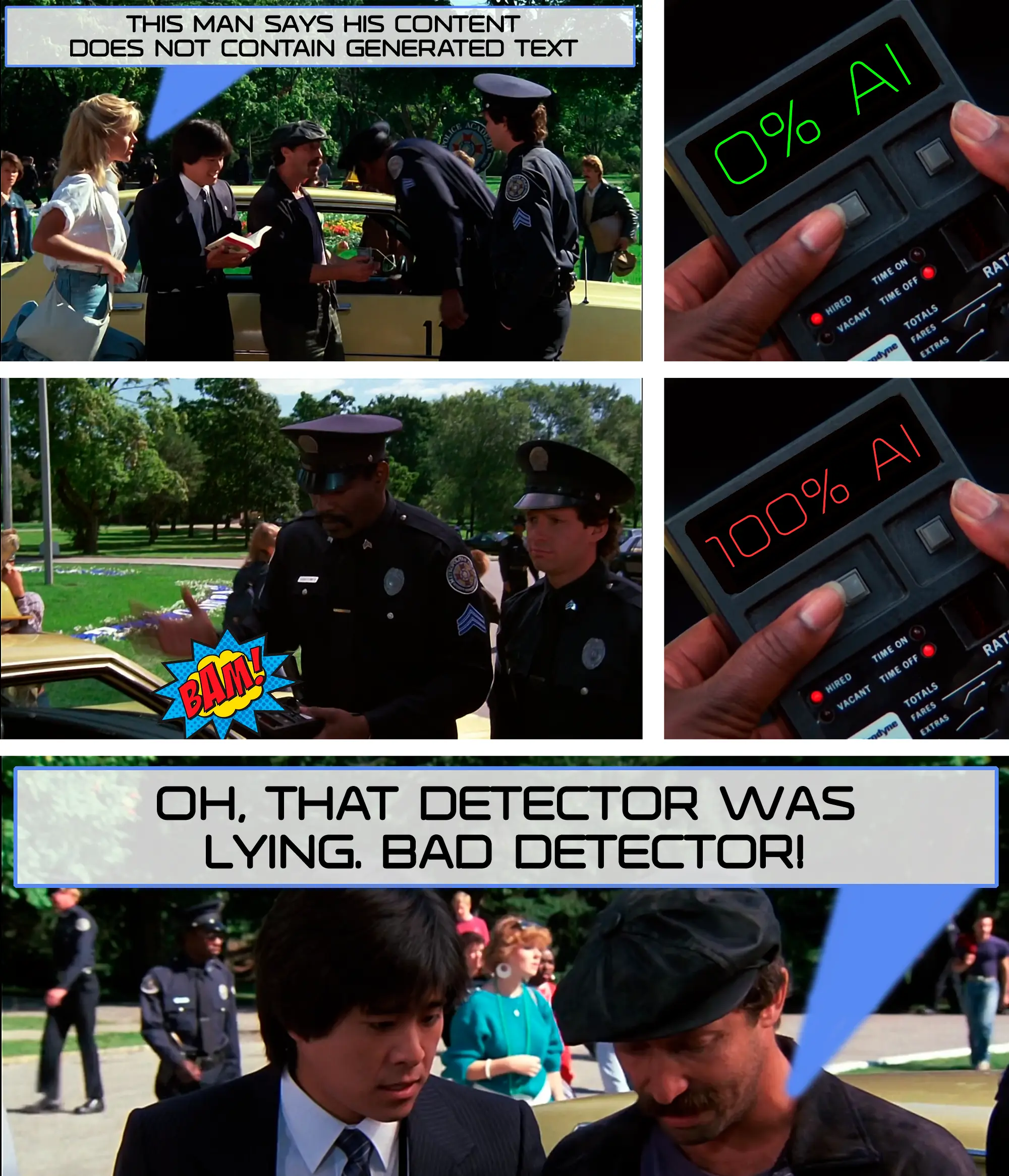
On the other hand, clients crave truthful results — almost like the whole world during the presidential elections in russia. But that’s another story.
For the utmost objectivity of this study, I selected three articles for analysis:
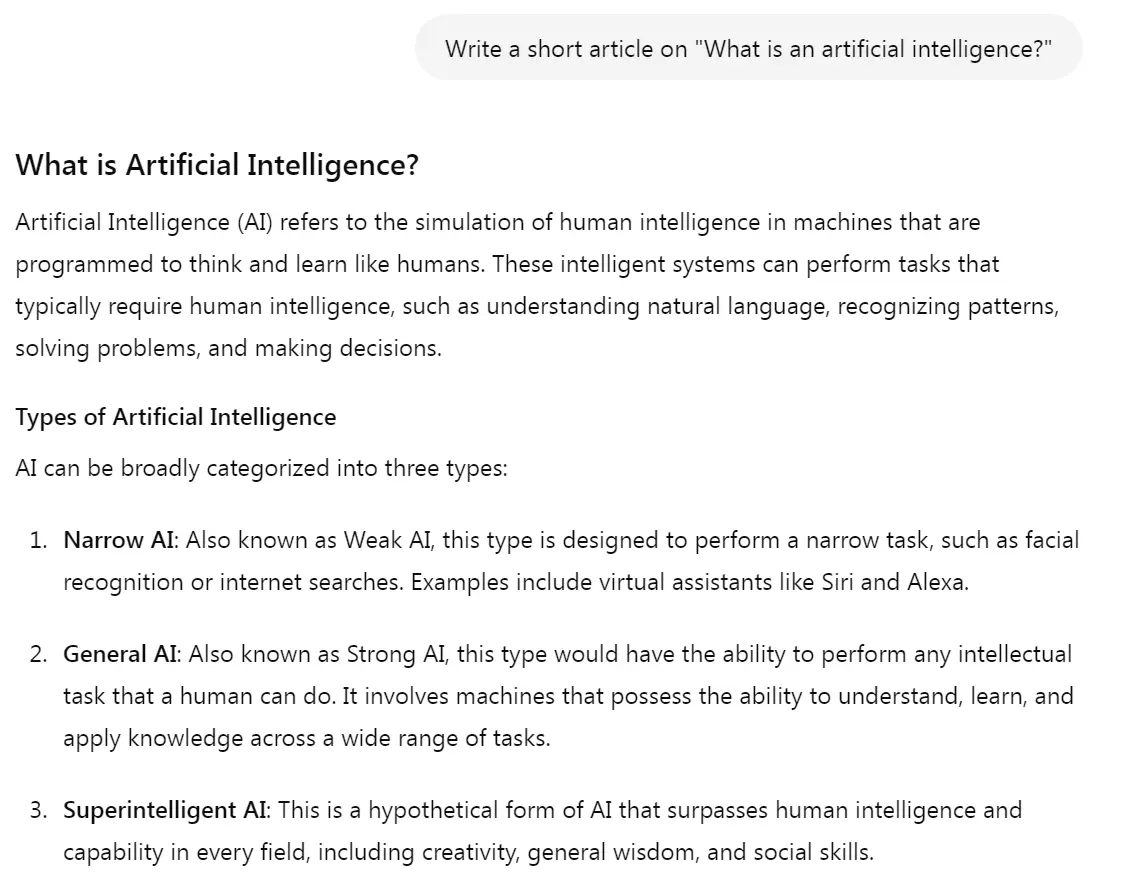
Please note that the data results and the tool ratings are current as of the publication of this article. The AI industry is constantly evolving, so the situation may change.
So, let’s start our small but interesting study 🙂
Copyleaks
Website:
https://copyleaks.com/
Price:
The cheapest monthly subscription for $10 allows analyzing 25,000 words, and the most expensive one allows analyzing 2,500,000 words for $456.
The prices of all the presented tools are current as of the **** of the article’s publication. These data may change in the future.
Supported languages:
30 of the world’s most popular languages, including Ukrainian and Russian.
Results of the scan of an entirely generated article:
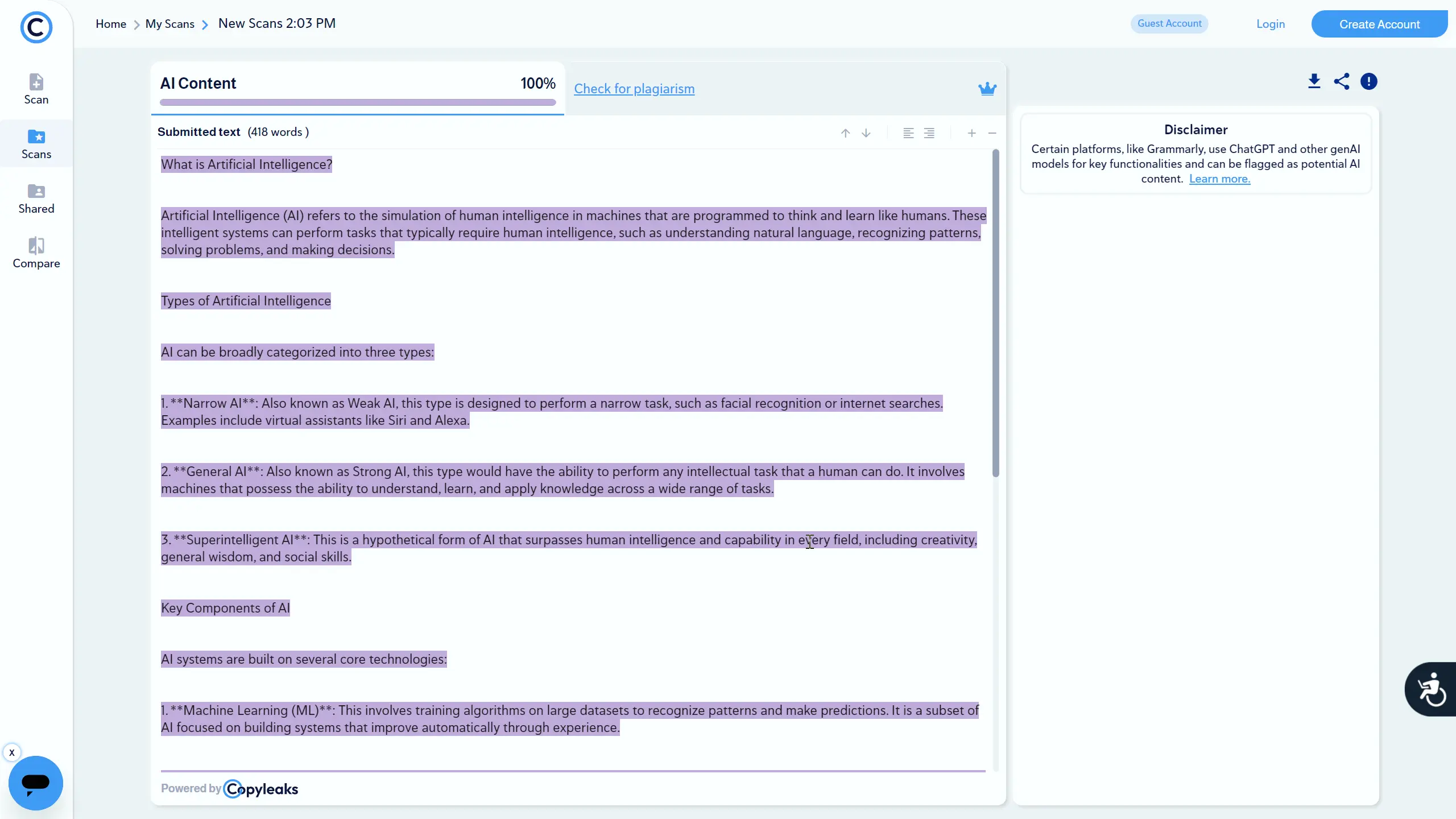
Results of the scan of my article:

Results of the scan of the mixed text:
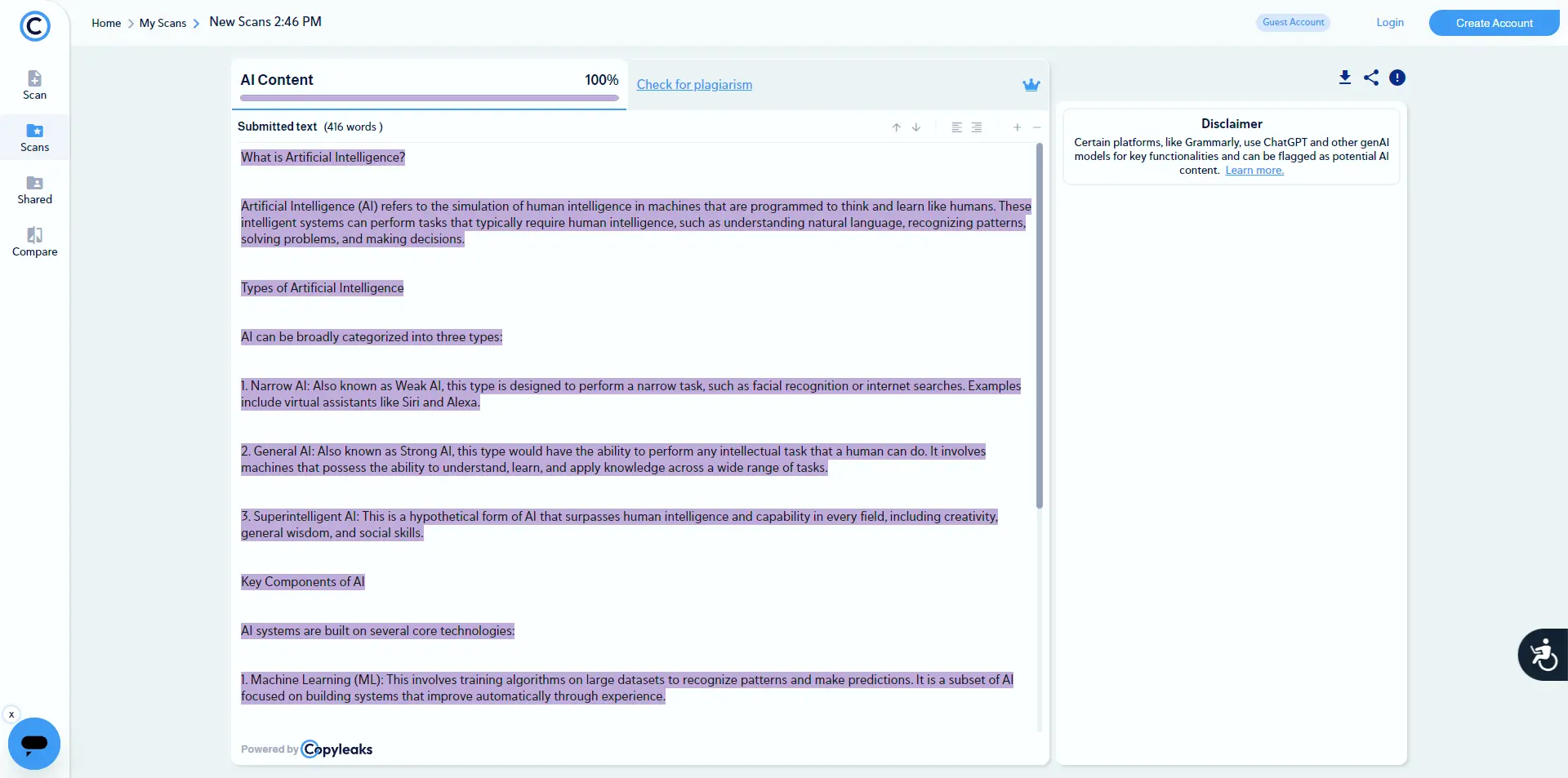
Undetected AI
Website:
https://undetectable.ai/
Price:
Paid limits range from $15 for analyzing 15,000 words to $209 for analyzing 380,000 words.
Supported languages:
30+
Results of the scan of an entirely generated article:
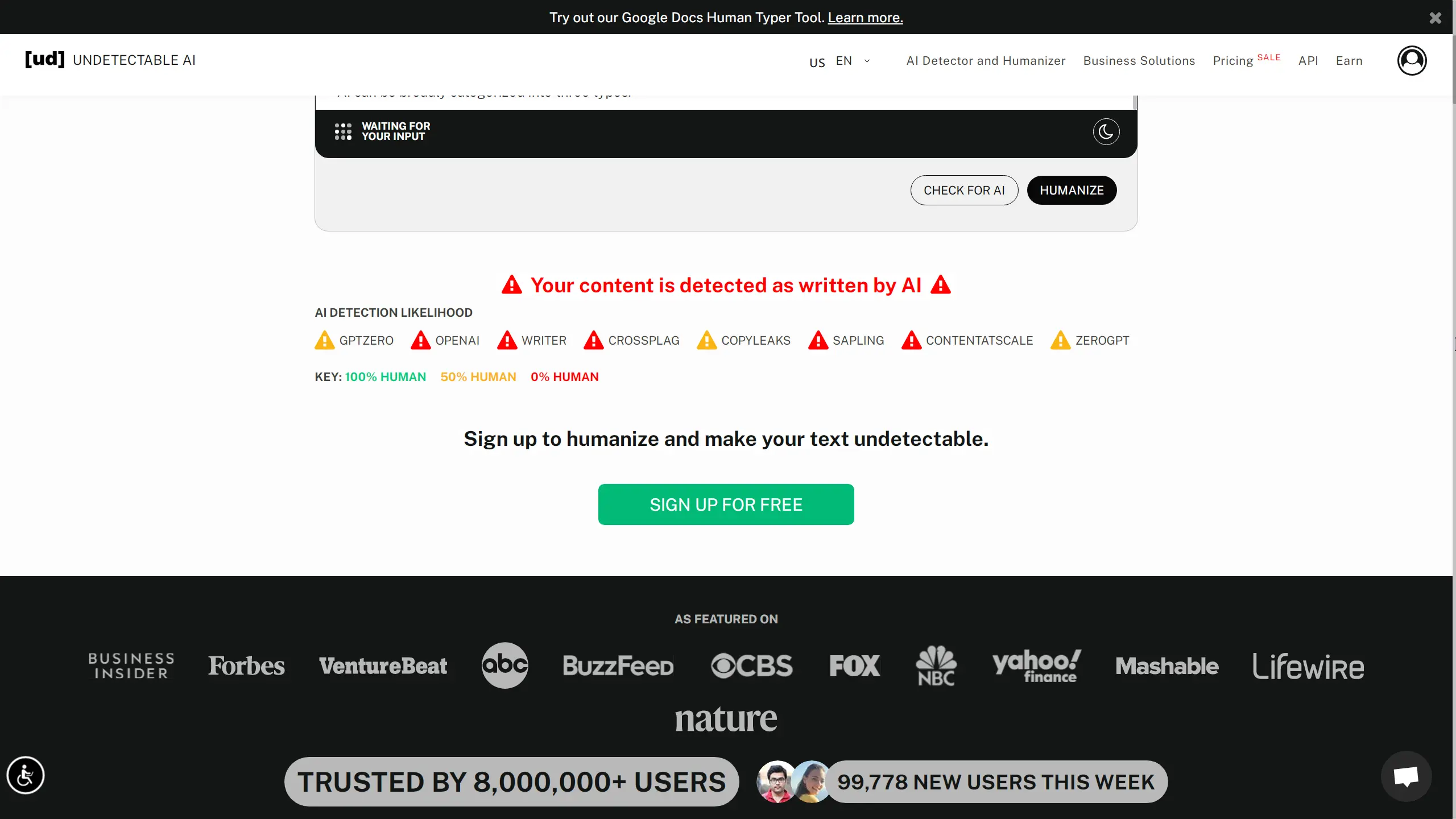
Results of the scan of my article:

Results of the scan of the mixed text:

GPTZero
Website:
https://app.gptzero.me/
Price:
A free monthly limit of 10,000 words for analysis, while paid limits cost $15 per month for 150,000 words, $24 for 300,000 words, and $35 for 500,000 words.
Supported languages:
English, Spanish, and French.
Results of the scan of an entirely generated article:
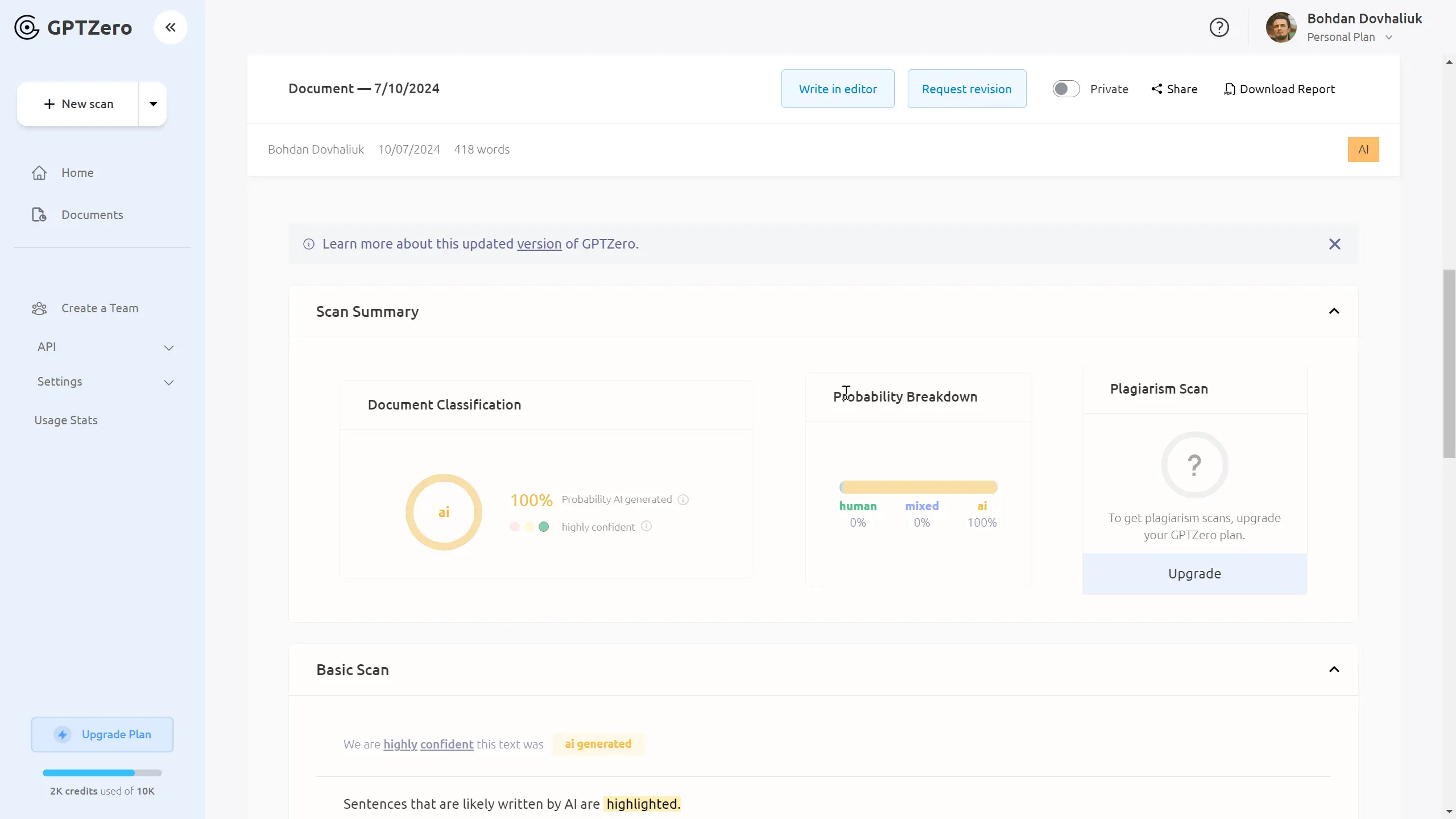
Results of the scan of my article:
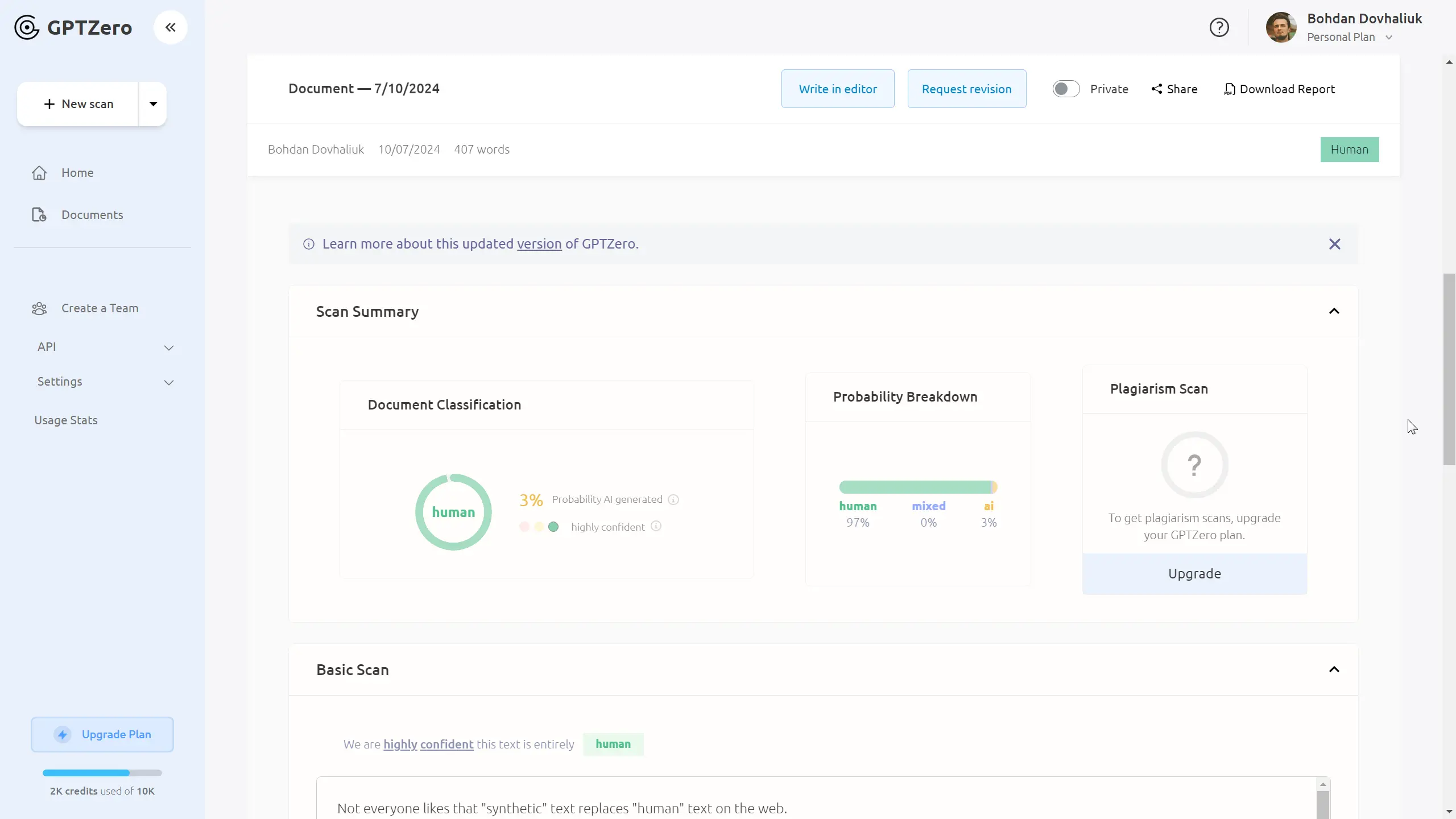
Results of the scan of the mixed text:
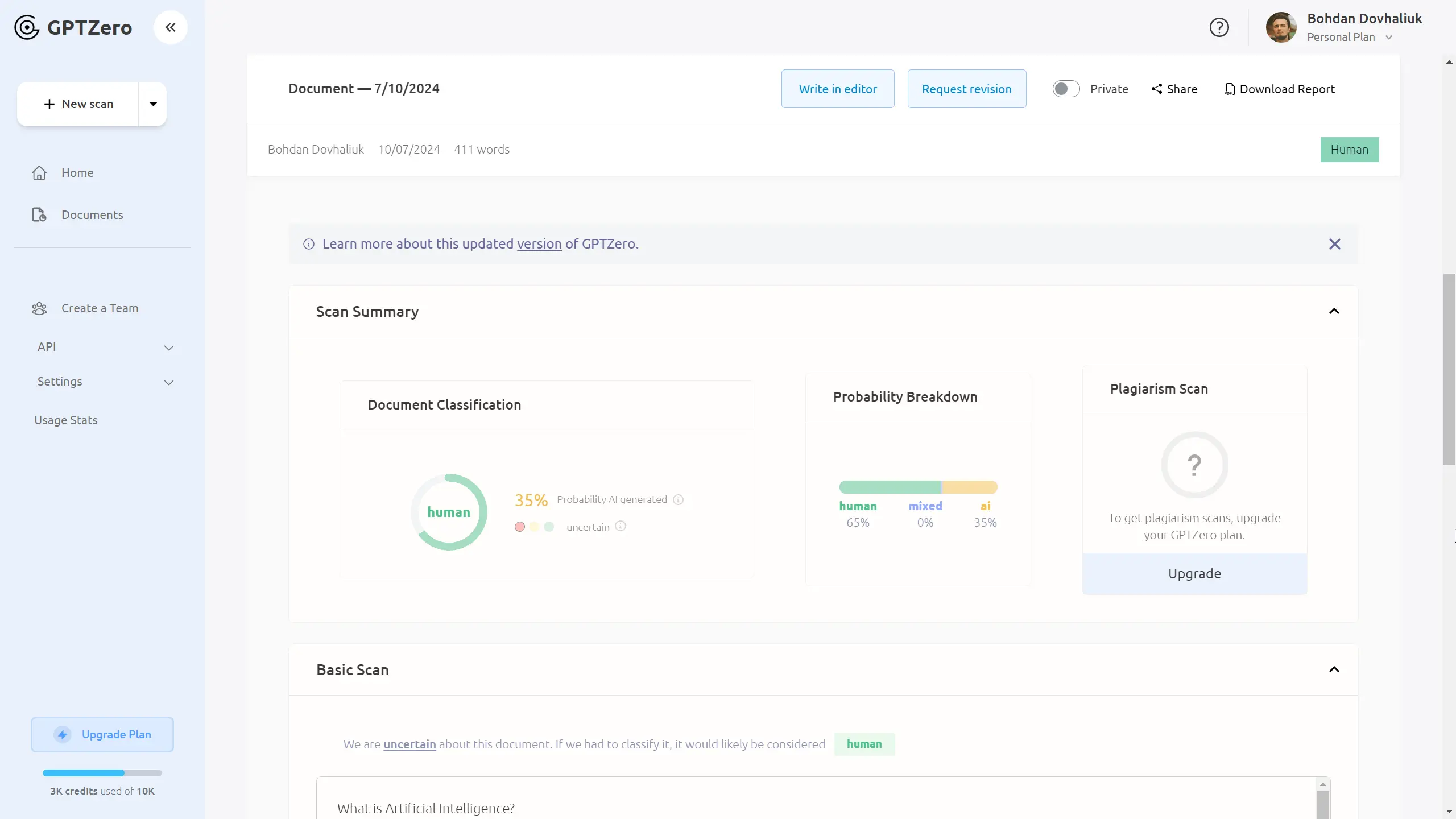
QuillBot
Website:
https://quillbot.com/ai-content-detector
Price:
Completely free.
Supported languages:
English, Spanish, German, and French.
Results of the scan of an entirely generated article:
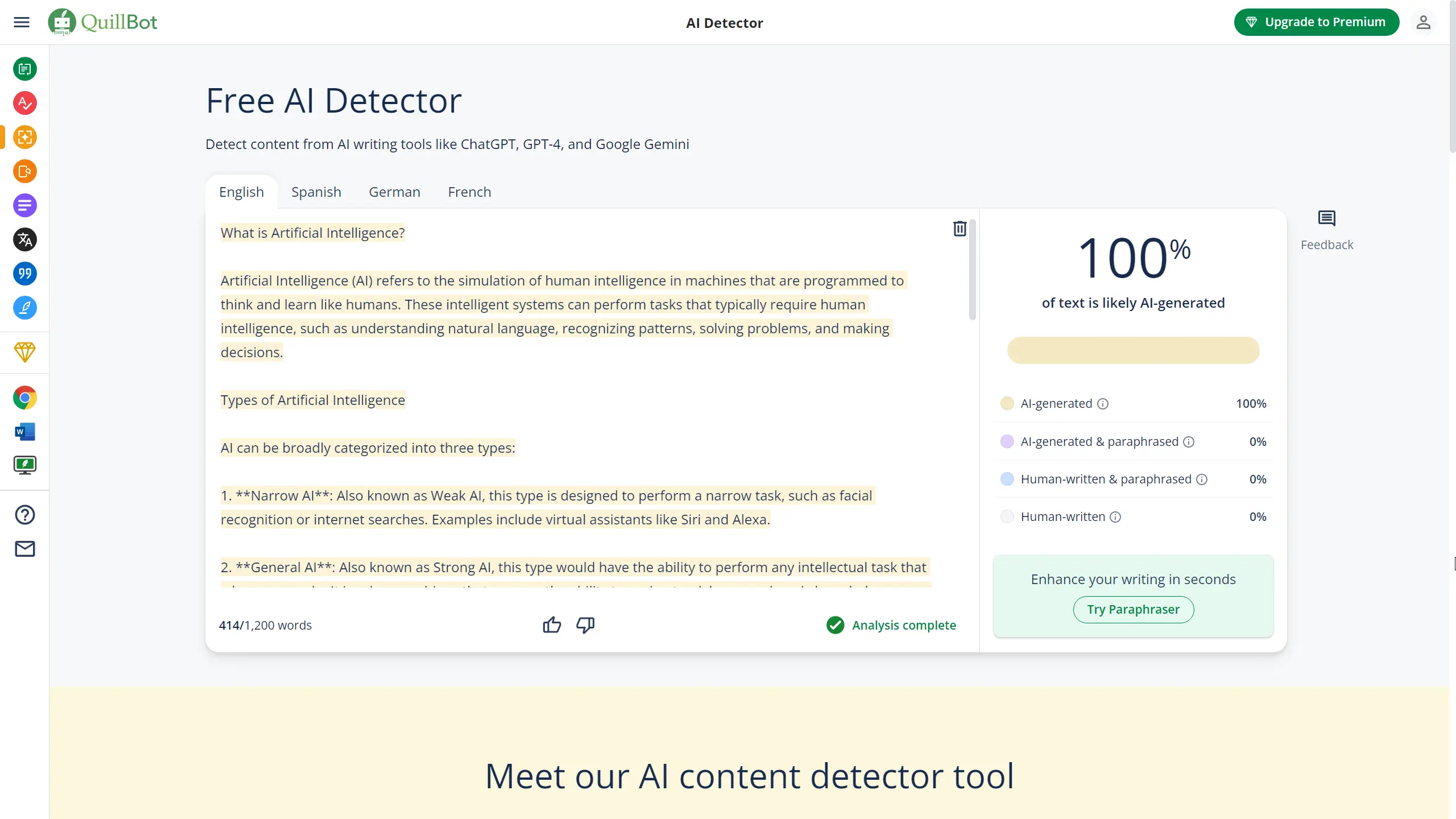
Results of the scan of my article:
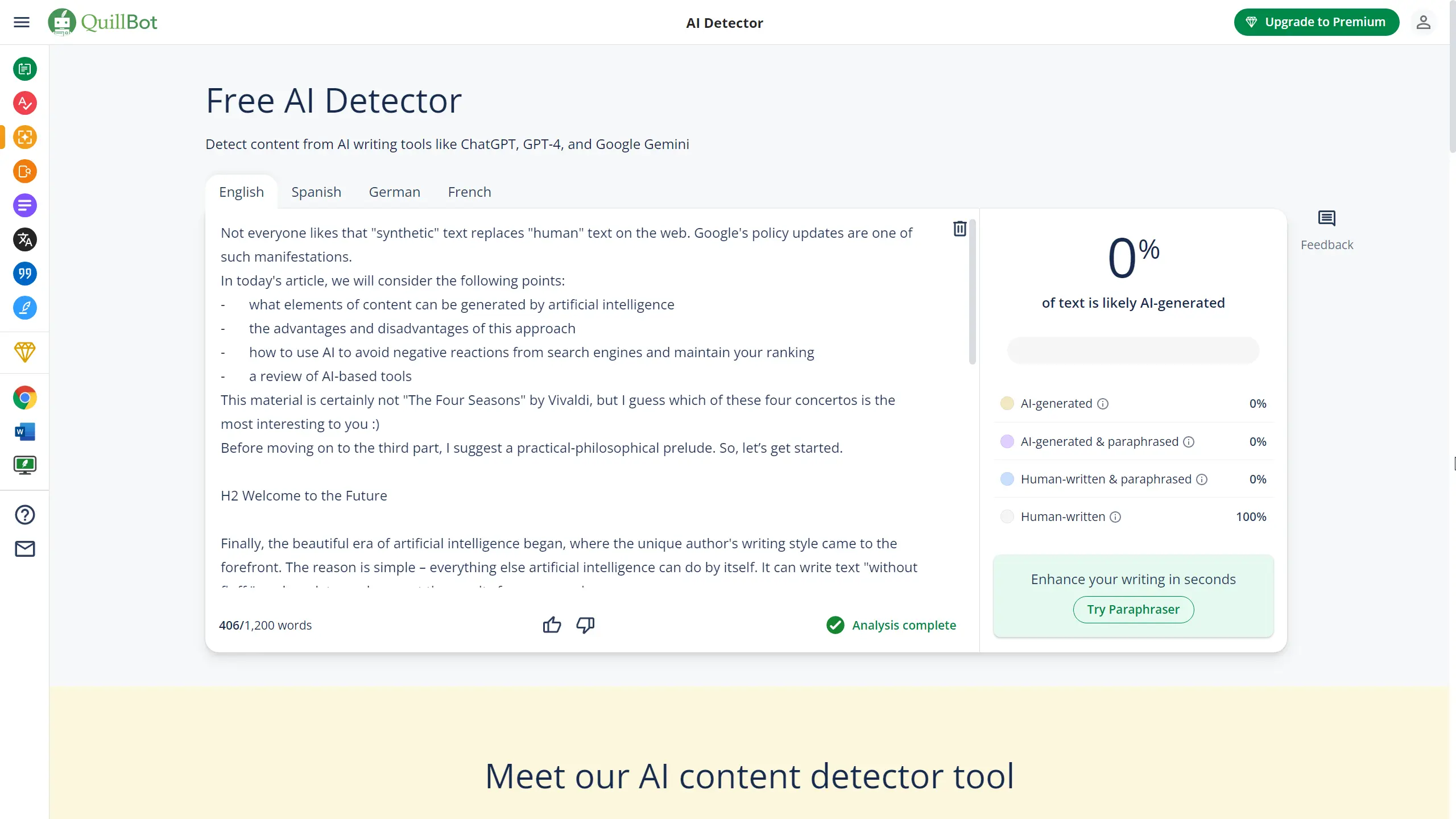
Results of the scan of the mixed text:
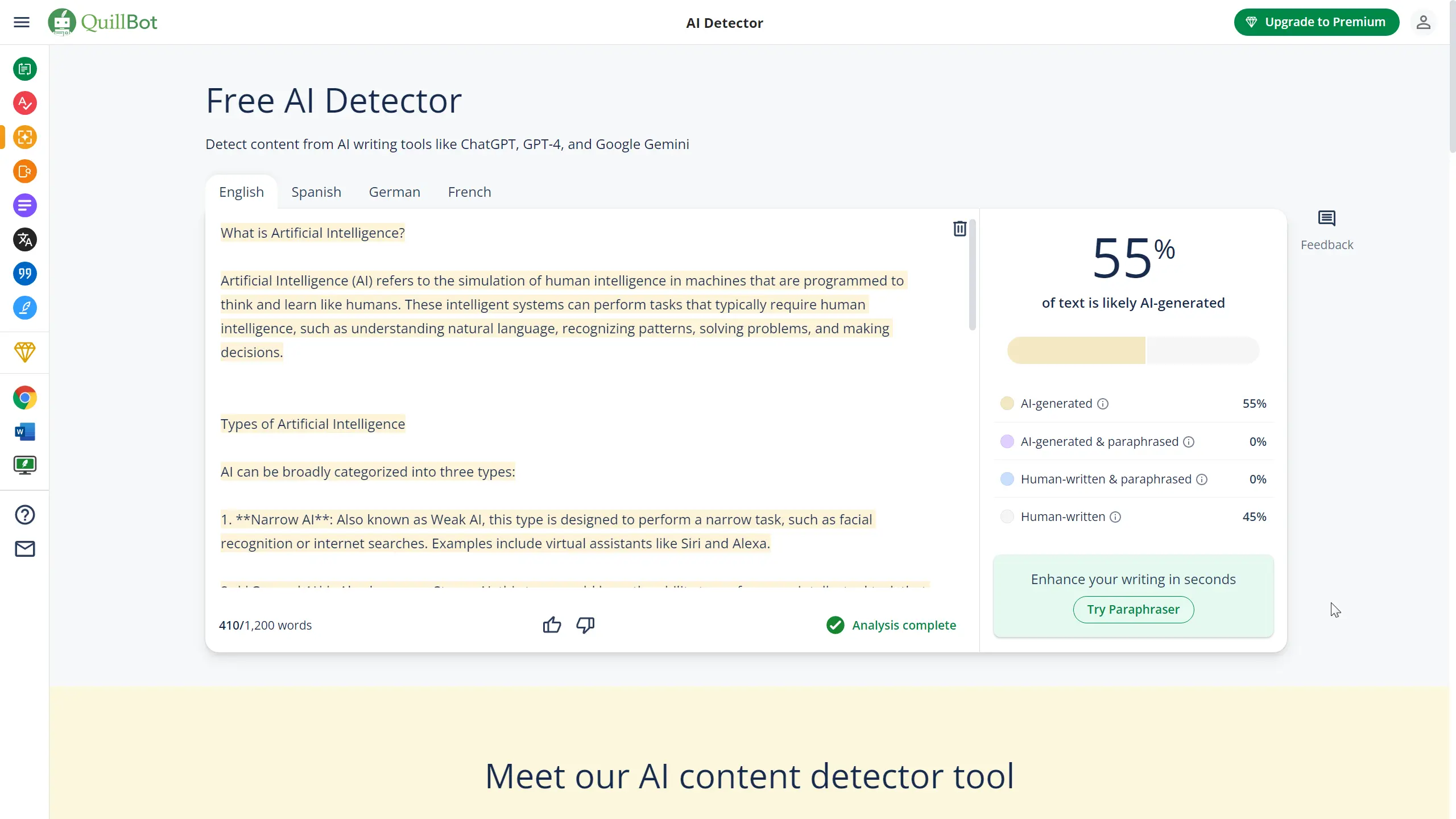
Serpstat’s AI Content Checker
Website:
https://serpstat.com
Price:
A monthly subscription of $119 allows you to analyze 250,000 characters, and a subscription of $479 allows you to analyze 2,500,000 characters.
The AI content identification function does not charge separately. To start using it, subscribe to the full Serpstat product. Thus, you immediately gain access to dozens of SEO tools. So you won’t have to overpay to use additional services for content optimization.
Supported languages:
Officially, it supports only English, but theoretically, it can work with other languages.
Results of the scan of an entirely generated article:
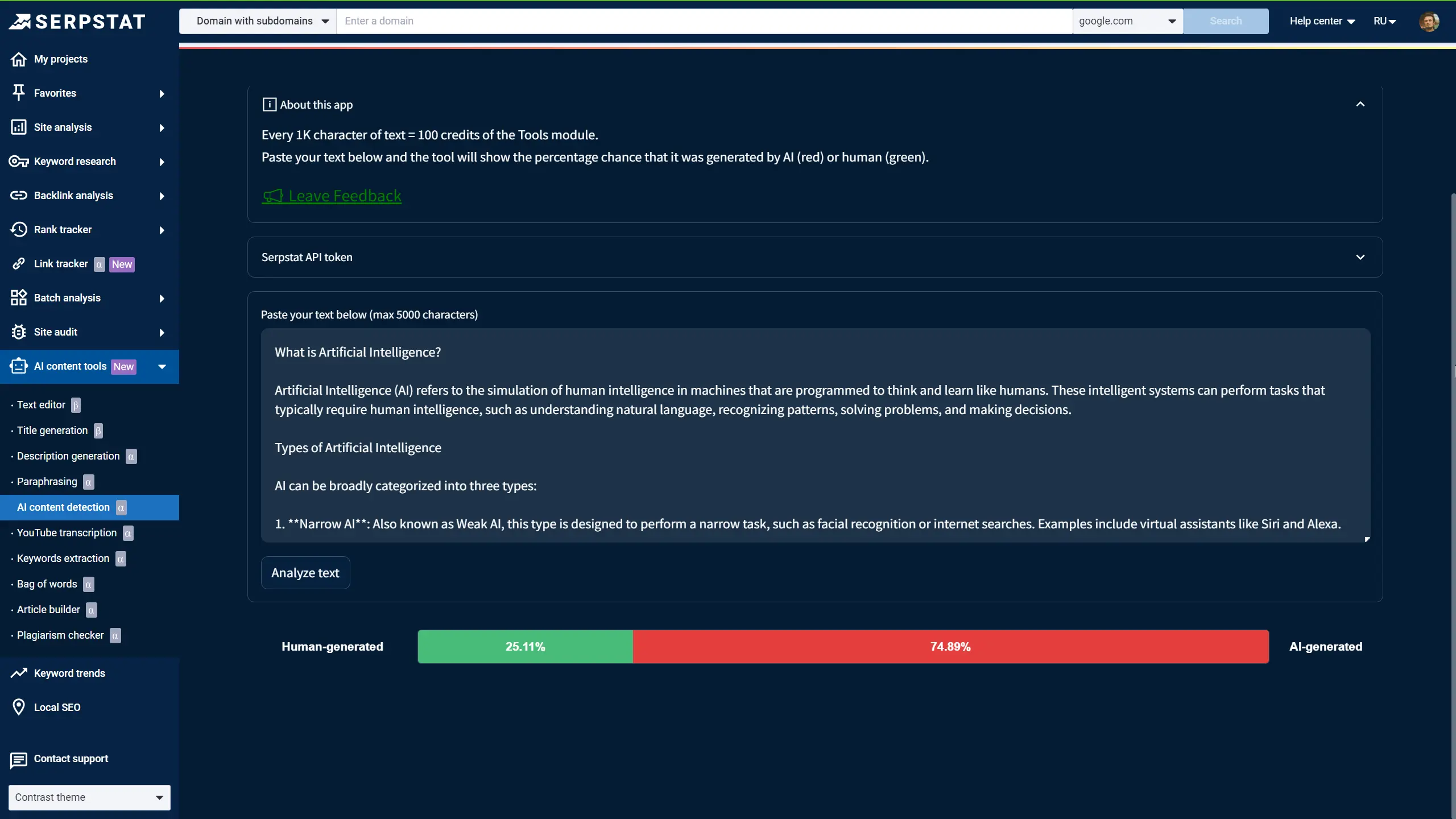
Results of the scan of my article:
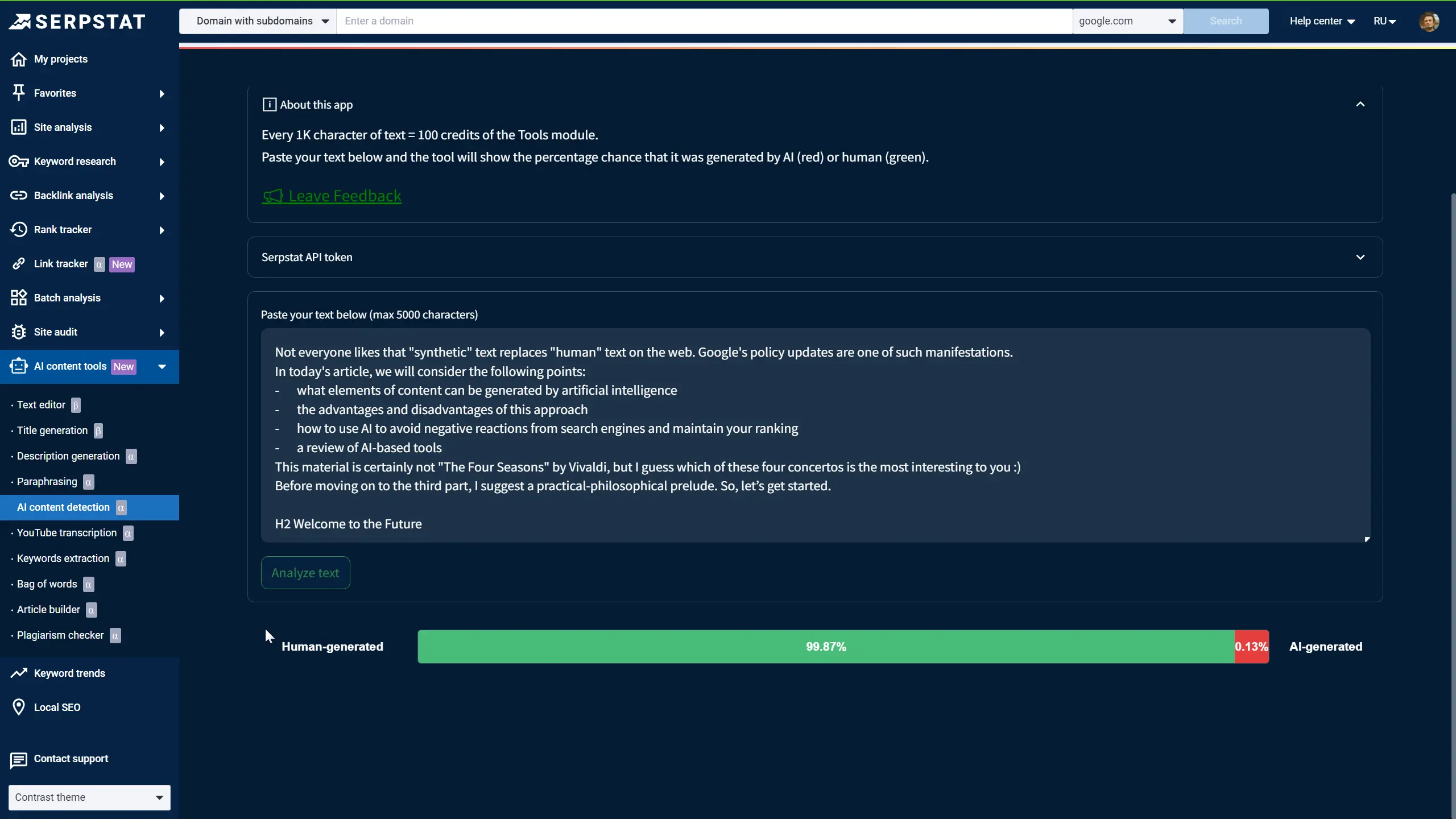
Results of the scan of the mixed text:
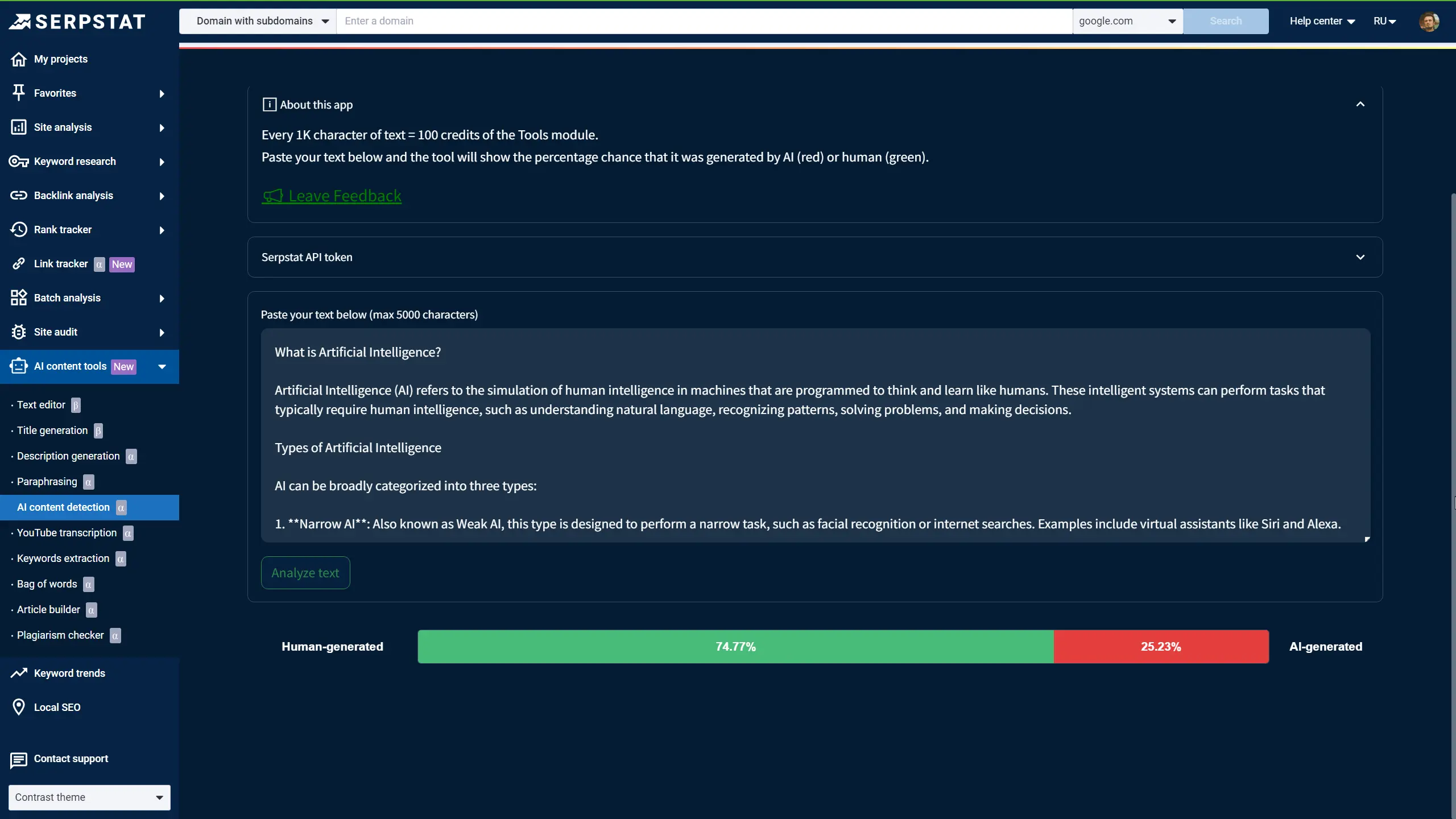
Comparison of AI Content Detector Test Results
So, the overall picture looks like this:
| Tool |
Scan results of an entirely generated article |
Scan results of my article |
Scan results of mixed text |
| Copyleaks |
100% AI |
0% AI |
100% AI |
| Undetected AI |
5 red, 3 yellow |
8 green |
5 red, 3 yellow |
| GPTZero |
100% AI |
3% AI |
35% AI |
| QuillBot |
100% AI |
0% AI |
55% AI |
| Serpstat’s AI Content Checker |
74% AI |
0% AI |
74% AI |
1st Place
The undisputed leader turned out to be QuillBot. It is completely free and best identifies AI content.
The only minor nuance is that it is not the flagship in the “polyglot” category. However, the tool supports four languages, among the most popular today, so it will be sufficient for most users.
2nd Place
The silver medal goes to GPTZero. This tool confidently handled the identification of AI content.
Its paid status does not hinder using the monthly limit of 10,000 words for free scanning. There are no tricks like “free limits are only available after paying for paid limits.” Everything is as transparent as possible.
3rd Place
The product from Serpstat is in the middle of today’s ranking. This is a beneficial offer for specialists who use AI content detectors and various SEO tools in their work. You won’t have to overpay for third-party services.
The AI content detector itself is rapidly developing. It already shows results that are at least no worse than those of the more popular competitors in its field, which took fourth and fifth place.
This tool has two versions:
However, its advantage, in the form of extensive additional functionality, clearly indicates that it deserves to take third place today.
4th Place
For the study to be complete, I decided to analyze the most famous site (by Google’s search results) among those acting as intermediaries between AI content detectors and users.
That is, Undetected AI does not independently identify generated text. It receives scan results from various products and presents them as a summary.
This approach is controversial since only a few good tools are available right now. Undetected AI shows results from eight platforms, about half of which provide incorrect data.
Five out of eight tools correctly identified the entirely generated article. And only three identified the mixed text.
5th Place
The last tool made it to our list only because of its popularity. I cannot call it reliable as it is too radical (in the literal sense).
It provided no intermediate results, only extremes — either 0% AI content or 100%. To put it mildly, this is not the best indicator of efficiency in identifying generated content.
Considering the price and the lack of interesting additional functions* for this money, it becomes clear why Copyleaks ended up at the bottom of the ranking.
* – Copyleaks has a plagiarism identification function, which you must pay separately and costs even more than the AI content detector.
Conclusions
Product’s big name does not always guarantee its quality. And AI content detectors are no exception to this rule.
So, if you frequently use services to identify generated text in your work, I advise you to pay attention to their actual effectiveness rather than popularity. Your productivity depends on this, so it matters.
I wish you good results in your field and generous rewards for your efforts – both emotional and financial. See you in new materials 🙂
If you are interested in driving traffic to your website with blog articles, I recommend you read my guide on how to create listicles.
